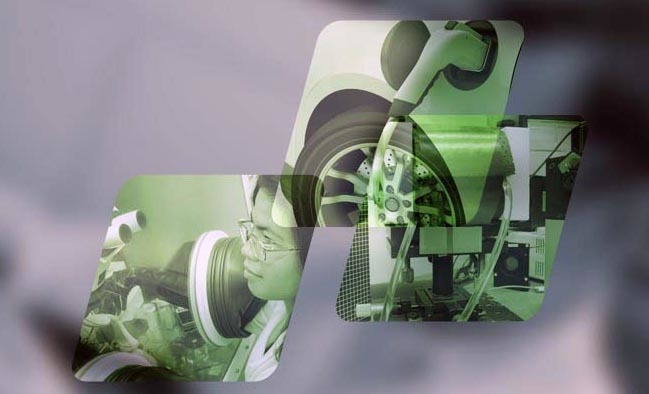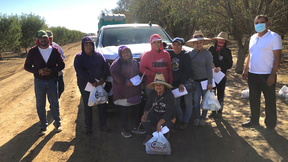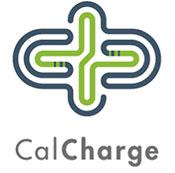Bay Area's three national labs join forces to work with energy storage, manufacturing companies
 (Download Image)
Through the public-private consortium CalCharge, energy storage companies will soon have unprecedented and streamlined access to three U.S. Department of Energy national labs in the Bay Area — giving them a major competitive advantage in the fast-growing battery industry.
(Download Image)
Through the public-private consortium CalCharge, energy storage companies will soon have unprecedented and streamlined access to three U.S. Department of Energy national labs in the Bay Area — giving them a major competitive advantage in the fast-growing battery industry.
SAN FRANCISCO – Through the public-private consortium CalCharge, energy storage companies will soon have unprecedented and streamlined access to three U.S. Department of Energy national labs in the Bay Area — giving them a major competitive advantage in the fast-growing battery industry.
CalCharge, which is designed to accelerate the development and deployment of energy storage technologies, is welcoming Lawrence Livermore National Laboratory (LLNL) as its newest partner member. LLNL joins Lawrence Berkeley National Laboratory and SLAC National Accelerator Laboratory, completing CalCharge’s trifecta of national labs in the Bay Area.
"Lawrence Livermore offers cutting-edge expertise in materials, manufacturing and computation for application to energy storage solutions. Partnering with CalCharge creates a valuable new path for engagement with industry in this area, which is especially important to California’s energy future," said LLNL Director Bill Goldstein.
Lawrence Livermore National Laboratory’s current energy storage research ranges from electromechanical batteries to 3D-printed graphene aerogels to lithium-based batteries with improved power densities and safety characteristics. Investors and innovators will have the opportunity to tour LLNL and learn more about its work at an open house Aug. 25.
Energy storage is considered key to the broad uptake of clean energy technologies throughout the economy, from transportation to the power sector to consumer electronics.
"The addition of Livermore Lab as a partner and CalCharge’s continued growth reflect the economic opportunity inherent in the energy storage sector in California," said Julie Blunden, chair of the CalCharge board. "We’re excited about the innovative work our members are undertaking to usher in a new era of advanced energy storage."
CalCharge and Lawrence Livermore are developing a standard cooperative research agreement that would allow CalCharge members access to Lawrence Livermore’s world-class scientists and facilities. The agreement, known as a Collaborative Research and Development Agreement (CRADA), would complement CalCharge CRADAs already in place with Lawrence Berkeley and SLAC National Accelerator Laboratory. The CRADA streamlines the process for industry looking to partner with the national laboratories.
"Through CalCharge, these three crown jewels of the national lab system will be able to more easily connect and collaborate with emerging and established energy storage companies. That will boost the sector’s economic impact and job growth," said Horst Simon, deputy director of Lawrence Berkeley National Laboratory.
The resources available at the three institutions could help spur dramatic improvements in advanced energy storage manufacturing.
"Livermore Lab complements the support from SLAC and Berkeley Lab," said Mark Hartney, SLAC director of the Office of Strategic Planning. "Our three facilities represent an unprecedented level of resources to support the rapidly growing and critically needed energy storage sector in California."
About CalCharge
CalCharge is a battery and electrochemical energy storage consortium. CalCharge brings together emerging and established companies, academic and research institutions, government bodies and financing sources to jumpstart a new era of energy storage technologies for the electric/hybrid vehicle, grid and consumer electronics markets. It operates as a wholly owned subsidiary of CalCEF Catalyst, a 501(c)(6) trade association, and is primarily funded by dues and contributions from members.
Contact
 Anne M. Stark
Anne M. Stark
[email protected]
(925) 422-9799
Related Links
CalChargeLLNL Industrial Partnerships
LLNL Energy, Climate and Subsurface Science
Tags
BatteriesIndustry Collaborations
Technology Transfer
Energy
Featured Articles








